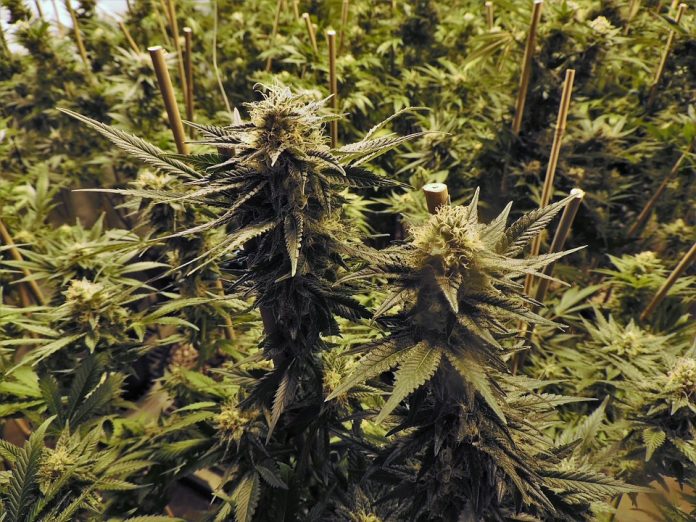The black market will benefit from supply shortages when recreational cannabis becomes legal Wednesday, a new report from the C.D. Howe Institute says.
The report, released Thursday, estimates $800 million in tax revenues lost to the black market in the first year of legalization. The report estimates that federal and provincial governments will only collect between $300 million and $600 million in first-year cannabis tax revenues.
The authors of the report found that at current production levels, legal supply will only meet 30 to 60 per cent of total demand. If the entire market were supplied legally and taxed, the report found, the potential revenue from both excise and goods and services taxes would be about $1.3 billion. While some of the loss comes from a lack of supply, other losses will be realized in the lack of edible products on the legal market, products that are already available on the black market.
“The federal government has made it clear that a key objective of legalization is the elimination of black markets and their associated criminal activities,” a summary attached to the report said.
“Accordingly, federal and provincial governments have agreed to keep marijuana taxes relatively low to keep legal marijuana prices competitive. Regardless of any legal-illegal price differential, a black market will clearly thrive if legal domestic supply is not able to meet demand.”
Statistics Canada also took a look at estimated demand for legal cannabis. That report, issued in September, found that the total market value for legal cannabis could range between $816 million and $1.018 billion in the fourth quarter of 2018, while purchases of illegal cannabis could range between $254 million and $317 million for the same time period. That calculation was done by estimating the amount of cannabis purchased by illegal users switching to the legal market, illegal users not switching over and new users joining the legal market.
The agency also found that the average price of cannabis per gram in Canada is $6.86. The price per gram on the prairies averages $7.34. Quebec is the lowest at $5.83 while the Territories are the highest at $10.81.
Accessing Cannabis
Statistics Canada has been collecting data on current and expected cannabis use throughout the year. According to its finding, the province with the highest percentage of cannabis use is Nova Scotia at 23 per cent of the population, followed by B.C. at 20 per cent. Saskatchewan, at 16 per cent, sits just above the national average of 15 per cent. Quebec is the only province with a rate lower than the rest of Canada. Ten per cent of that province’s population uses cannabis.
That data comes from the third quarter results of the National Cannabis Survey. It found that men are more likely to use cannabis overall, and more likely to use it daily. Daily use is more common among people aged 15-24 than among those older than 45. Doctors have warned against cannabis use in people under the age of 25 as their brains are still developing.
The national statistical agency also took a look at where Canadians live in comparison to planned cannabis stores. Saskatchewan will have the highest percentage of its population within 5 km of a cannabis store, at 62.3 per cent. Ontario is the lowest among the provinces. Since Premier Doug Ford changed the retail model from the public to the private sector shortly after taking office, the province has no planned stores.
Of provinces that do have planned store locations, Manitoba will have the second highest percentage of its population located within 5 km of a cannabis store at 58.5 per cent, followed by Newfoundland, B.C. and Yukon.
Alberta will have the highest percentage of people within 1 km of a cannabis store at 15.4 per cent (Saskatchewan second with 10.7 per cent) and the highest within 2 km at 34.3 per cent (Saskatchewan second at 28.8 per cent.


